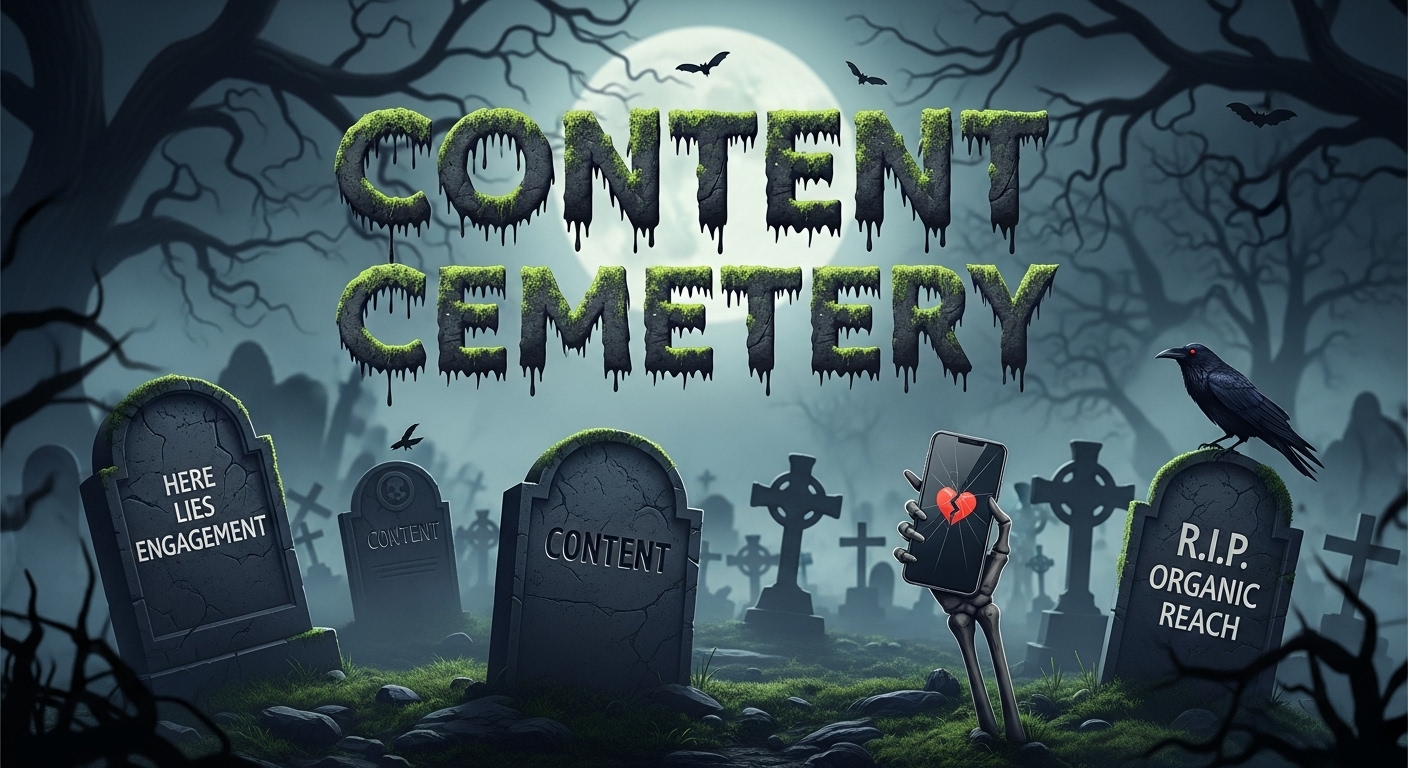
How to Improve Your Marketing Campaigns with Customer Journey Data

When you’re trying to optimize and improve your marketing campaigns, there are many approaches you can take and a lot of variables you can play with. But creating a successful marketing campaign isn’t as “simple” as coming up with a kickass concept, especially when the path your audience will take to get to your conversions isn't straightforward or linear.
Building your campaigns around those complex journeys will help you get the most out of your time, effort, and budget.
Here are some ways to apply audience journey data before your campaign starts, while you optimize mid-campaign, and when you assess and reflect once it’s complete.
Planning at the start
Before you dive into your audience journey data, make sure you’ve done your legwork to:
- Identify your goal(s) for your campaign
- Have a solid plan for how you’ll measure it (objectives, KPIs, and accompanying metrics)
- Hone your target audience
Every good campaign should start with those three components (at the very least!).
Once you feel good about those factors, you can then use your audience journey data to help you determine other key aspects, such as channels, formats, and budget allocation.
Depending on your campaign (or your company/market), the concept for your campaign might depend on these, so you might want to make final decisions after looking at your journey data.
How to use audience journey data in the beginning of your campaign
Content and channel trends
Look at the pathways your audience frequents the most. For journeys that ended in conversion, how did people enter your site? Look at both referral source and first touch. Is that channel or piece of content where you get a lot of engagement?
- If yes, great — you have a good lead for where you might want to start building your campaign.
- If you’re not seeing engagement there, the campaign could be a great way to spend more time and money in that channel or promoting that page or piece of content. You’ll likely improve both engagement and conversion rates.
See if any trends develop across the most common pathways. Can you model your content or concept for your campaign off of these trends?
What’s in the middle
If your campaign is mainly targeted toward a mid-stage prospect, spend more time digging into the touchpoints that fall in the middle of the audience journey in your most common pathways. What content or pages are influencing your audience to convert?
There might be some surprising data beyond the actual last touch item. You might find that a use case continues to show up time and time again in journeys that converted. Or perhaps your audience goes jumps around from events to articles 10 times before finally navigating to the Why Company page and filling out the lead capture form.
You’ll also want to take note of the progression of touchpoints. Think of the pathways as the next best audience action. Can you improve the time to conversion with your campaign? It might also be something you might want to mirror in your campaign to drive more of your audience down a successful pathway.
Optimizing mid-campaign
Your campaign is now up and running. You’ll want to use journey data to help make adjustments and calibrate your efforts and activities to improve effectiveness mid-campaign.
Check in with your team and ask:
- How are you tracking toward your goal? Are you on your way to your desired outcome?
- Where are you falling short? Are there any roadblocks that are preventing you from hitting your targets?
How to use audience journey data mid-campaign
Here, you’ll want to take a look at real-time or up-to-date data.
When you see the pathways your target audience is taking during the campaign, are they going down the desired path your team has set? You’ll want to triage the problem (or take advantage of this new opportunity).
Example
Say you’re a CPG brand. You would like the audience, after reading a recipe, to navigate to the featured product page and eventually add the product to their cart. But your journey data tells you that they aren’t looking at the product page after the recipe and are bouncing from the site instead.
- Where are they going next and why? This could be an opportunity to add content to your campaign to bring them back to your site.
- Is your CTA hard to see? Not compelling? Try changing up the copy or moving it on the page.
- Is your desired path pushing them down the funnel too quickly? Try adding a sidebar with other ways to use the product. Or, depending on the step they take next, it might make sense to try to incorporate it into your desired path or leverage it as a channel for sponsored content or advertising.
- Are you spending your campaign budget in the right channels? Let’s say your data tells you that most of the journeys that end in conversion are coming in through organic search and not paid social, despite a lot of clicks on your LinkedIn ads. There could be a compelling reason to reallocate dollars to paid search instead or to reevaluate where prospects fall off on the pathways that start with paid social.
Thinking retrospectively
When your campaign ends, audience journey data can help you assess and reflect on the campaign’s efficacy.
In your team debrief, you might come across questions such as:
- What were success and failures?
- How could we have saved money?
- What could or should be done differently?
- What do we want to tweak or iterate on?
- Did we learn anything new about our target audience, their pathways, or marketing channels?
- Did any of the adjustments and optimization mid-campaign help or hurt?
As you look back at your campaign, use your learnings to help you build or launch other campaigns in the future.
Example 1
When you review the most common pathways taken by your audience during your campaign, say you notice that emails drove a significant number of journeys that ended in conversion.
Traditionally, you might look at email opens and click-throughs as success indicators. However, opens and click-throughs don’t necessarily correlate to conversions.
This is a good opportunity to dive into your database and understand which audience segment(s) converted and which emails influenced it. What are ways you can spend more time engaging those segments or can you replicate those emails or cadences with other segments?
Example 2
Throughout a 3-month campaign, you spent a significant portion of your budget on paid search to a landing page. You achieved a low CPC but didn’t see a lot of leads converting, even after making some adjustments to the copy or CTA mid-campaign. Traditionally, you might consider this a failure — or at least less successful.
However, your journey data tells you that a significant portion of your audience actually returned to your site later to consume other content before signing up for a free trial or converting on a demo request form. This landing page showed up as a first or middle touch for a lot of journeys that ended in conversion.
You might use this information to determine that:
- The search query is geared more toward buyers in the awareness stage. Change the landing page to take them to a high value action instead of the end conversion.
- Your audience needed more information before they were ready to convert. Study the next actions your audience took on their path and incorporate that into your landing page copy or design.
- Instead of paid search, your time and effort would be better spent optimizing existing content to rank higher organically for those keywords or that specific question.
Bringing it all together
Make your campaigns more effective by using audience journey data. From campaign ideation to mid-campaign optimization and the end-of-campaign debrief, audience journey data will help you bolster your existing data points to truly understand what’s driving your conversions in a customer-centric way.
Improve your marketing campaigns with Knotch’s audience journey visualization.
- Optimize your budget
- Increase conversion rates
- Drive your audience to high value actions
Become a thought leader
Become a thought leader
Trusted by the largest (and now smartest) brands in the world.
“Before Knotch we did not understand what content was driving business results. Now we understand which content moves the needle. Knotch’s cohesive reporting and insights paint a real picture of what’s happening on our website instead of the patchwork quilt that comes from a Google Analytics approach. With Knotch we have been able to re-prioritize ad spend, route better leads to our SDR team, and inform our content development initiatives.”

"The Knotch platform ensures that we deliver high-performing content tailored to young home shoppers, enhancing their experience and driving better business outcomes.”

"Our partnership with Knotch has been highly successful, empowering us to leverage data-driven insights and refine our content strategy.”









